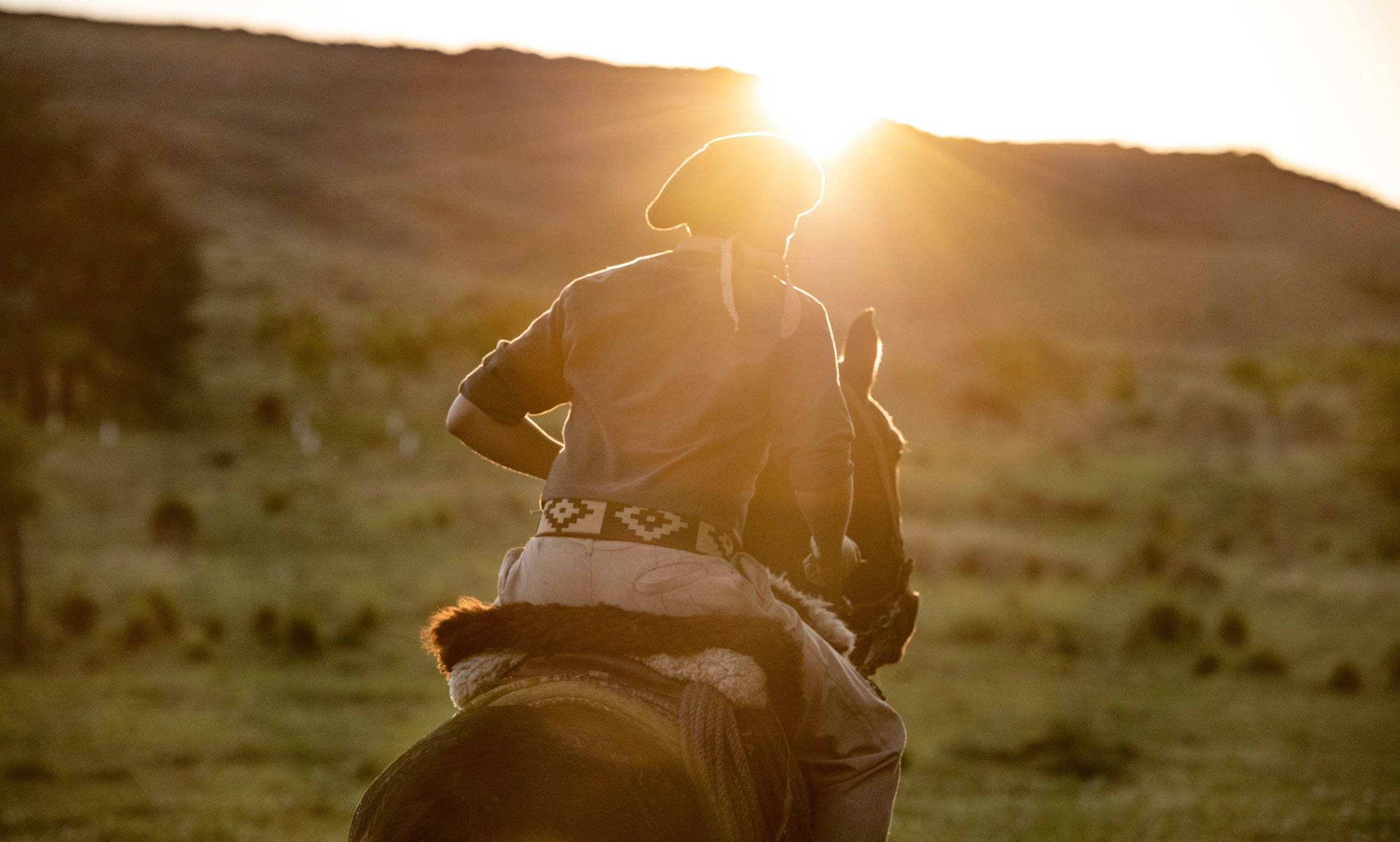What is a Gaucho? A Comprehensive Guide to the Iconic South American Cowboy
Gauchos are an iconic symbol of South American culture and have been for centuries. A gaucho is a cowboy from Argentina, Uruguay, Paraguay, or Southern Brazil who lives in the pampas grasslands and works with animals such as horses and cattle. They are renowned for their skills in horsemanship and herding, as well as for being resourceful and independent-minded individuals. The term "gaucho" has also come to be used more generally to refer to any person who displays these qualities. Gauchos were first documented in the 16th century when Spanish settlers arrived in what is now Argentina. During this time they were mainly nomadic people living off the land by hunting wild game and rustling livestock from local ranches; however, they soon became integral parts of ranching communities due to their skill at handling horses, cattle herding, and other ranching tasks.
Over time they developed a distinct style of dress that included wide-brimmed hats, leather chaps called bombachas de cuero (leather trousers) as well as brightly colored ponchos which served both practical purposes and also represented their identity through their vibrant colors. Gauchos have become deeply embedded into our culture, appearing in literature, poetry, music, and film. While the traditional lifestyle of a gaucho has changed over time due to modern technology such as tractors and helicopters replacing horses for herding livestock, the spirit of independence and resourcefulness still shines through their portrayal in popular culture today. The phrase “gaucho” is a term of endearment for those who possess the qualities that make up a gaucho, such as courage and independence.
Whether you’re an avid traveler looking to learn more about Argentina’s culture or just curious to find out what makes a gaucho so special, this comprehensive guide has all the information you need. Read on to learn more about the iconic South American cowboy of Argentina and the qualities that make them so unique.
The Life of a Gaucho
·Gauchos spend much of their time on the Pampas grasslands, where they herd cattle, horses, and other livestock. They also have to move from one area to another in search of food and water for their animals and themselves. Gauchos often take part in rodeos, where they demonstrate their horsemanship and other skills.
Gauchos must also take care of the basic needs of their animals, such as feeding them and providing shelter in bad weather. They must also be knowledgeable about animal behavior, so they can anticipate any potential problems with the herd before it happens. Additionally, gauchos often use natural remedies to care for their animals.
Gauchos are known for their distinctive style of clothing, which includes wide-brimmed hats to shield them from the sun while they work, as well as leather trousers, (bombachas de cuero) that protect them from thorns and other hazards in the grasslands. They also wear brightly colored ponchos to represent their identity and often accessorize with knives, Boleadores and lassos.
Gauchos are an integral part of rural communities throughout Argentina, they provide essential services such as herding livestock, providing a security presence and helping with seasonal labor. They are also looked upon as wise and respected members of the community, offering advice and assistance when needed.
Gauchos have a deep respect for the land and their animals, taking care of them as if they were family. This includes taking precautions to ensure that the animals are well-cared for, such as providing them with plenty of food and water. Gauchos also learn to read the terrain to anticipate any potential hazards that could affect their herd, such as inclement weather or predators.
The Gaucho in Literature and Art
Gauchos have been represented in numerous works of literature throughout history of the Latin American countries of Argentina, Uruguay, Paraguay, the southern portion of Brazil, often as the hero or protagonist. In the 19th century, romanticized versions of gauchos were popularized in Argentinean novels and poems, such as “The Gaucho Martin Fierro” by Jose Hernandez. This poem became an important source of national identity for the Argentines and is still celebrated today. Other famous works featuring gauchos include “Don Segundo Sombra” by Ricardo Guiraldes and “The Gaucho Genérico” by Jorge Luis Borges.
The gaucho has also been a source of inspiration for various forms of art and music, from paintings to tango songs. The tango is a popular dance that originated in the early 20th century in Argentina, and its origins can be traced back to the culture of our gauchos. The style is characterized by a fast, improvisational rhythm and strong bass lines.
The gaucho has become an important symbol of the Argentine’s cultures and is now a popular tourist attraction in many countries in the region. Visitors can take part in traditional rodeos or learn about the traditional lifestyle of the gauchos. The gaucho is also featured prominently in television, film, and other forms of entertainment.
The life of a Gaucho embodies the archetypal idea of freedom, strength, and resilience. The combination of their day-to-day routine, clothing, equipment, role in society, and relationship with the land make them truly iconic figures in Latin American culture. This is why the Gaucho has endured through literature and art, as well as popular entertainment and tourism.
Final Thoughts
The Gaucho is a timeless symbol of Argentina’s culture! Existing for hundreds of years, the Gaucho has become an embodiment of independence, strength, and honor. It's no wonder why the iconic cowboy continues to inspire people around the world. From traditional fashion styles to unique music genres, the cultural impact of this legendary figure cannot be denied.
Though Gaucho's lifestyle is no longer as prevalent in most Latin American countries, it is alive and well in the Pampas of Argentina and still has a special place within the region's culture. The traditional clothing and musical styles are often seen at festivals, fairs, and celebrations throughout the country. For many locals, these events are a way for them to keep their heritage alive and pay homage to the Gaucho.
So, whenever you're in Argentina, South America to see a cowboy riding on horseback or wearing traditional attire, take the time to appreciate is extraordinary culture its history. You'll surely be grateful for the chance to witness such an iconic figure in action! Seize this opportunity before it's gone forever. After all, as the saying goes, "Once a Gaucho - Always a Gaucho!"



